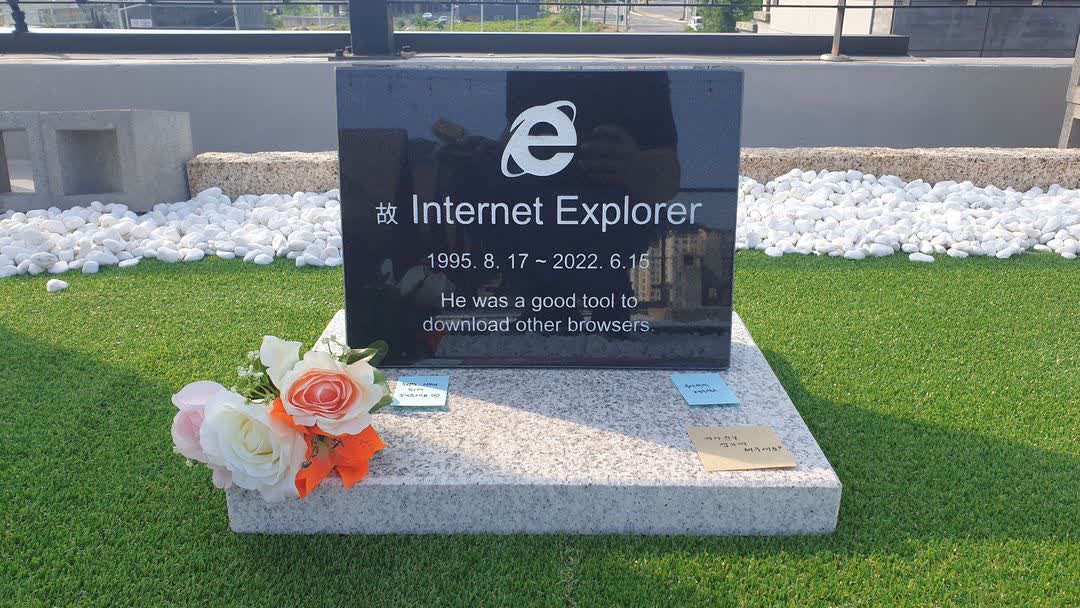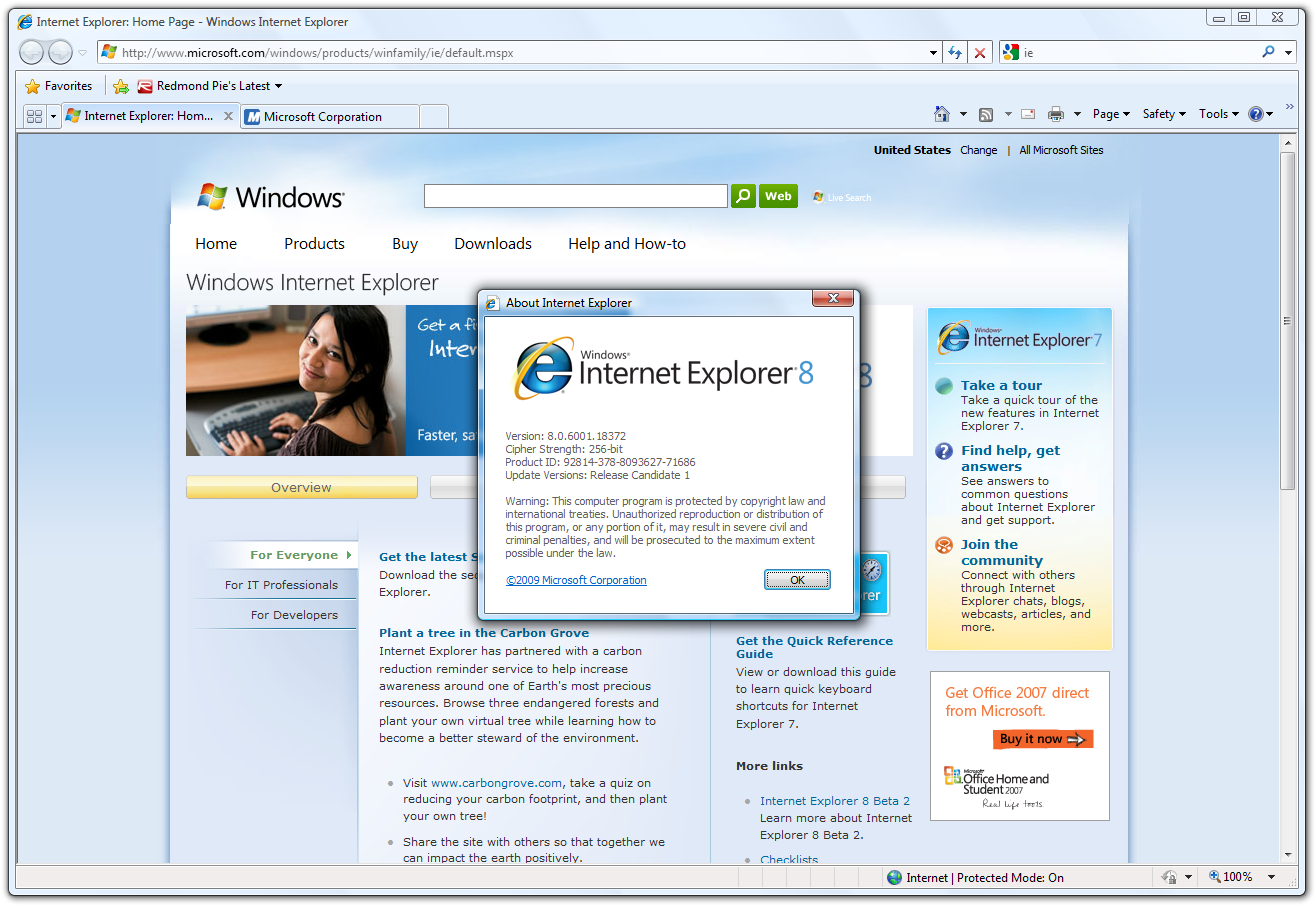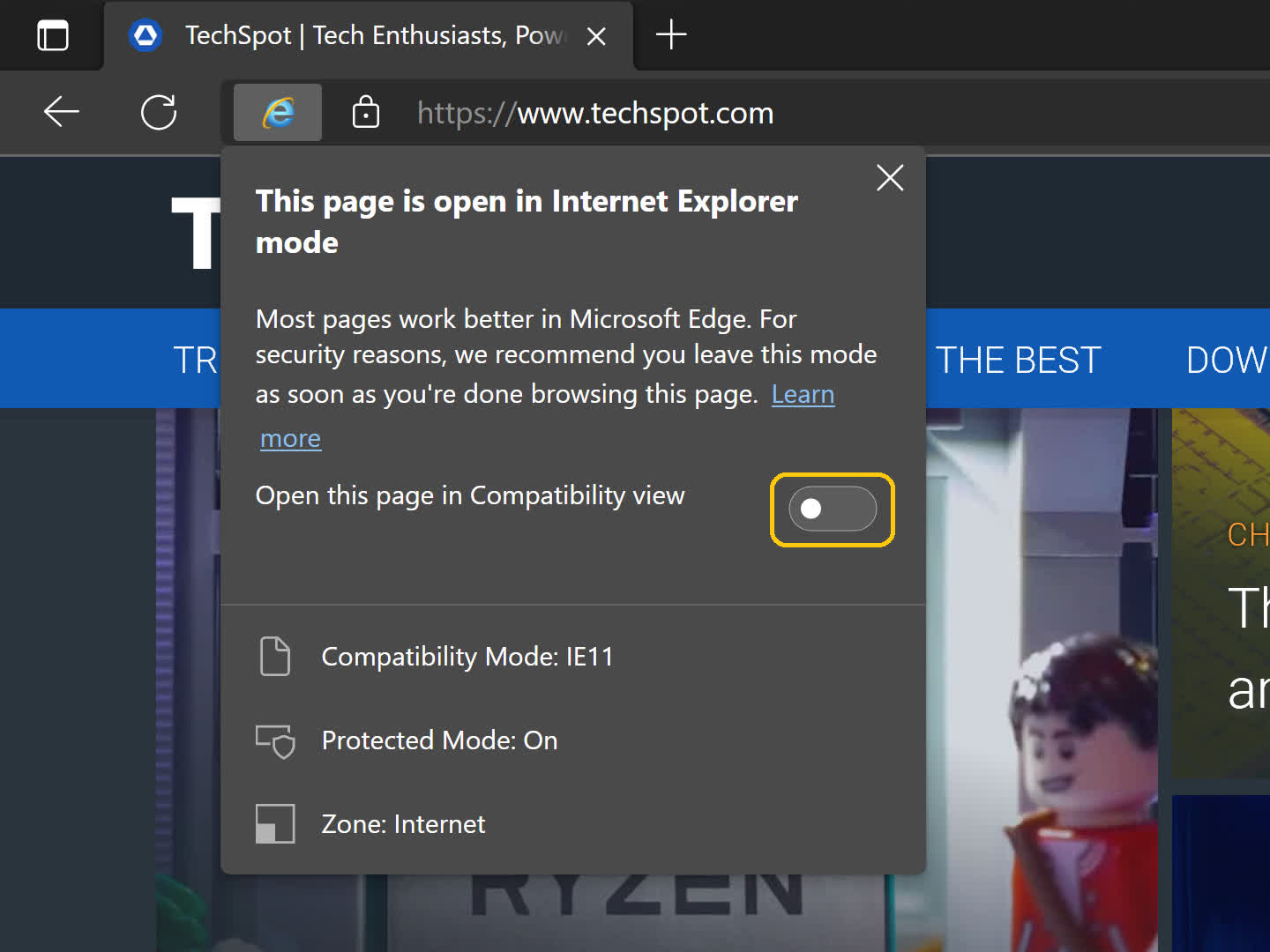This year,Maid Pension: Erotic Services From MZ Girls Microsoft finally and officially retired Internet Explorer, the legacy web browser. If you try to run it in Windows 10, then Microsoft Edge, the company's current browser, will be launched instead.
If you never used IE on its latest iterations except as a tool for downloading Google Chrome or one of its many alternatives, then you probably won't care too much. However, Internet Explorer remains the only browser capable of properly viewing many old websites and some legacy web platforms, and if you ever need to use one of those, you may end up staring at a blank page.

Back in 2003, Internet Explorer was the default browser for Windows and Mac, totally dominating the web scene. At the time, prioritizing compatibility with the Microsoft browser alone wasn't seen as a major drawback. Thus, Microsoft could create non-standard extensions for open standards like HTML and CSS that only worked on IE.

Some of those extensions were design-related, like the Embedded OpenType (EOT) fonts. Others were functional, like JScript.Encode, which could obfuscate the site's source code before it was reverse-engineered. Internet Explorer also supported the once-popular ActiveX plug-ins, which enabled it to open types of files not normally supported by browsers. Many old sites relied on ActiveX in order to function.
A lot has changed since then. The open-source Firefox browser popularized the use of extensions, Apple introduced Safari, and finally Chrome, backed by Google's resources, turned IE into a niche browser. In 2015, Microsoft stopped feature development for IE in favor of Edge.
If you use Windows and need to access a website that doesn't support modern browsers, you can still manage to do it thanks to a hidden option in Microsoft Edge called "IE Mode."
To start, click on the ellipsis button in the top-right corner of the window. Scroll down and choose Settings. Under Default Browser, you can choose to allow sites to be reloaded in IE Mode:

You can also add specific websites to be loaded in IE Mode automatically for 30 days:

Under Appearance, you'll also be able to add an IE Mode button to the toolbar for quick switching between the two engines:

If the website still doesn't look right after you activate IE mode, you'll be able to use Internet Explorer's compatibility mode to view the page like it would look on even older versions of IE...

Microsoft Edge advises you shouldn't use IE Mode for no good reason. Internet Explorer doesn't support all of the modern standards, which can make images and text appear to be missing, and many of today's most popular sites don't support it at all. Also, the underlying IE engine doesn't get security updates as often as the Chromium engine that powers Edge.
Microsoft has committed to support IE Mode until 2029. We can only hope that most sites that are still online will be rewritten using open standards sooner than that, so IE Mode will no longer be needed.
(Editor: {typename type="name"/})
 What cracked the Milky Way's giant cosmic bone? Scientists think they know.
What cracked the Milky Way's giant cosmic bone? Scientists think they know.
 What to write in your Mother's Day card to claim your spot as the favorite child
What to write in your Mother's Day card to claim your spot as the favorite child
 You can thank/blame Tina Fey for Alec Baldwin as Trump
You can thank/blame Tina Fey for Alec Baldwin as Trump
 Dear Star Wars fans naming your sons Kylo: Why?
Dear Star Wars fans naming your sons Kylo: Why?
How to Settle Down with Dystopia
 Bread and Circuses
...[Details]
Bread and Circuses
...[Details]
Those 'Game of Thrones' spinoffs will be prequels, and now there are FIVE in the works
 If you're freaking out about the possibility of four Game of Thronesspinoffs, we've got good news --
...[Details]
If you're freaking out about the possibility of four Game of Thronesspinoffs, we've got good news --
...[Details]
Face it: Slack is ruining your life
 My life is being destroyed by the real-time messaging app, Slack. When I was first introduced to Sla
...[Details]
My life is being destroyed by the real-time messaging app, Slack. When I was first introduced to Sla
...[Details]
The songs that take us back to the last days of high school, by class year
 Everyone has one song that brings them back to those late June evenings when they realized their hor
...[Details]
Everyone has one song that brings them back to those late June evenings when they realized their hor
...[Details]
 The Poverty of Theory
...[Details]
The Poverty of Theory
...[Details]
Microsoft says WannaCry ransomware attack is a wake
 A global ransomware attack hit thousands of Windows-based computers late last week, locking users' f
...[Details]
A global ransomware attack hit thousands of Windows-based computers late last week, locking users' f
...[Details]
The OnePlus 5 could be the phone that destroys Samsung's Galaxy S8
 Hold on to your butts because the mother of all leaks for the OnePlus 5, one of the most anticipated
...[Details]
Hold on to your butts because the mother of all leaks for the OnePlus 5, one of the most anticipated
...[Details]
 Snapchat is hustling to stay one step ahead of Facebook — and that means some snazzy new adver
...[Details]
Snapchat is hustling to stay one step ahead of Facebook — and that means some snazzy new adver
...[Details]
Fyre Festival and Trump’s Language
 The Baffler ,April 28, 2017 Daily Baffleme
...[Details]
The Baffler ,April 28, 2017 Daily Baffleme
...[Details]
Lance Armstrong posts video of Lance Armstrong to prove Lance Armstrong isn't dead
 Great news: Lance Armstrong is alive! The former cyclist posted an Instagram video Friday to prove h
...[Details]
Great news: Lance Armstrong is alive! The former cyclist posted an Instagram video Friday to prove h
...[Details]
How to Easily Make iPhone Ringtones Using Only iTunes
South Korean president's rescue pets are so popular they have their own fan art

接受PR>=1、BR>=1,流量相当,内容相关类链接。